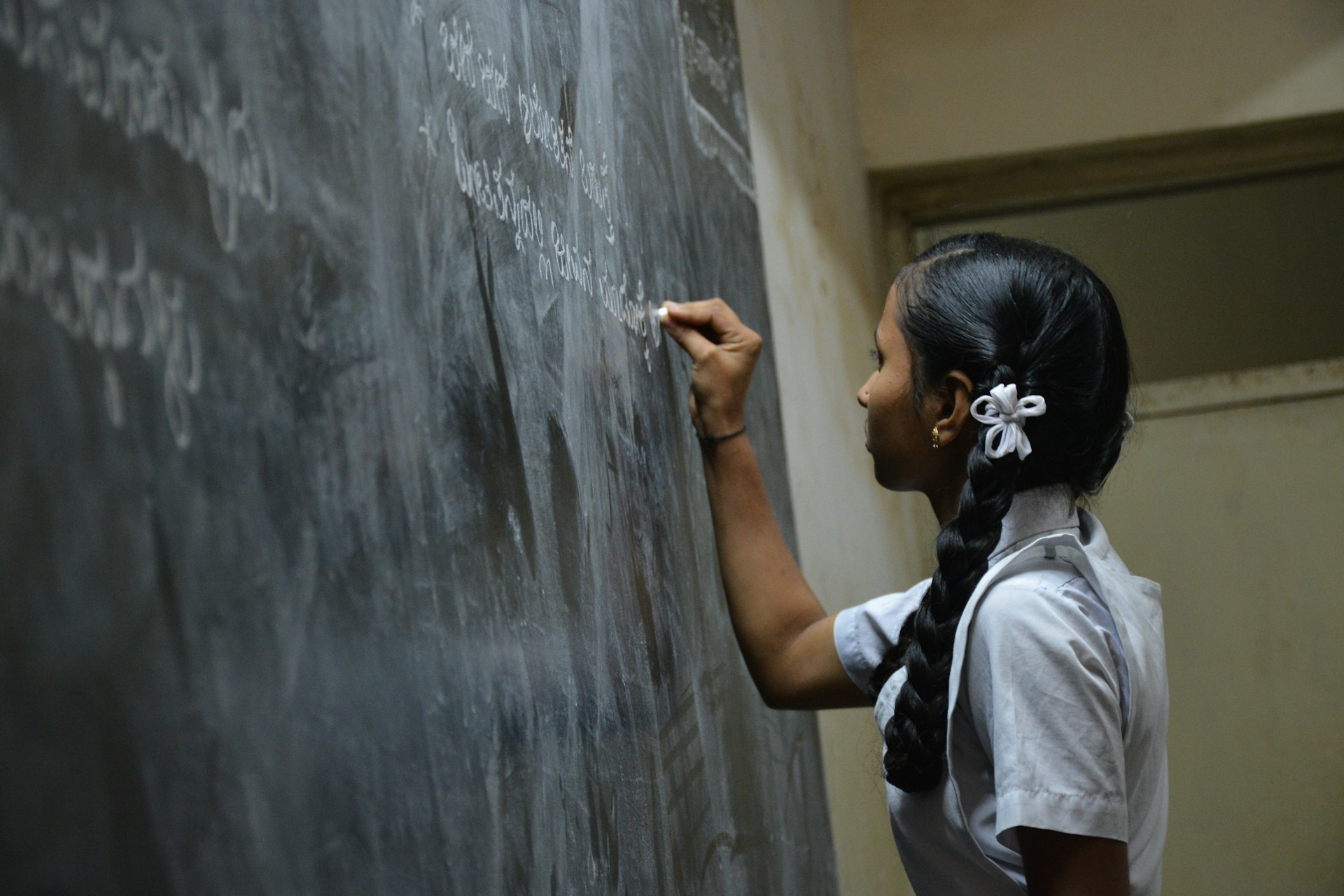Learning Together. Growing Together.

Education is a fundamental pillar of Thailand's future.
Why Waiwise Matters.
English proficiency is the gateway to higher education and career opportunities in Thailand. However, many students - especially those in public schools or from migrant backgrounds—lack access to the individualized academic support, consistent language exposure, and personal mentorship they need to succeed.
Waiwise addresses these challenges by offering low-barrier, student-centered learning support that empowers learners and promotes educational equity.
Current Educational Landscape
Thailand’s education system is marked by sharp contrasts in opportunity and resources. While urban schools, particularly in Bangkok, often have access to modern facilities and qualified teachers, many rural schools face shortages of educational materials, infrastructure, and qualified staff. This disparity in resources significantly impacts the quality of education, leaving many students with limited opportunities to develop critical skills, especially in global languages like English.
The Importance of English Proficiency
English has become a crucial skill for academic success and career advancement, opening doors to higher education and global job markets. However, many Thai students, especially those in public schools or from migrant backgrounds, struggle with limited exposure to English outside the classroom. Without personalized support and consistent practice, these students face greater challenges in mastering the language, which affects their long-term academic and professional prospects.

Barriers to Educational Equity
Limited Access to Mentorship and Guidance: Many students lack guidance for navigating higher education or career paths.
Inequalities in Educational Support: Students in rural and economically disadvantaged areas have less access to extra-curricular support or tailored learning resources, such as tutoring or specialized courses.
Cultural and Regional Disparities: Differences in educational quality and resources across urban and rural regions create a gap in opportunities for students.
